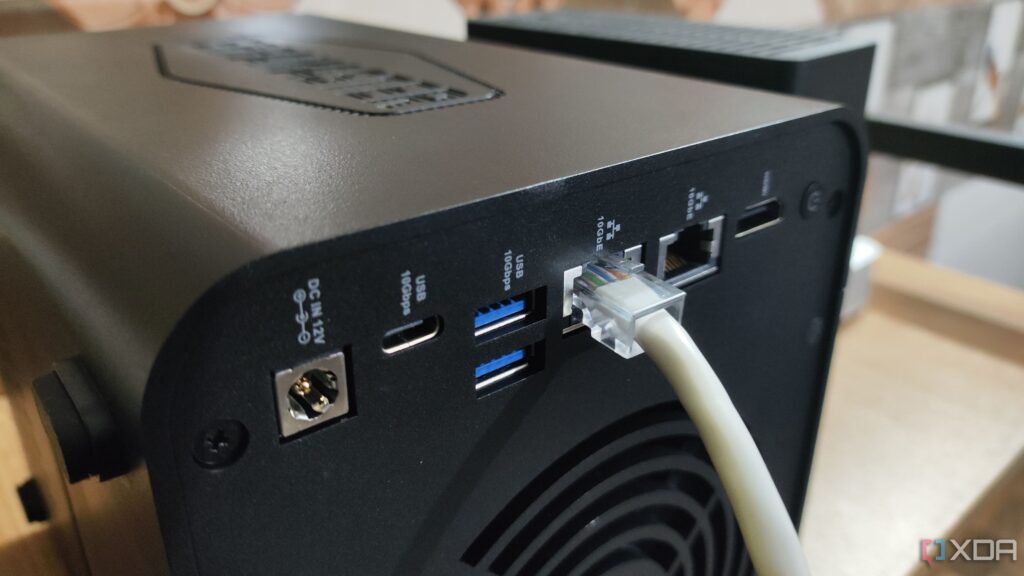
URGENT UPDATE: Users are experiencing a significant transformation in their NAS setups thanks to link aggregation, which allows for improved network performance under heavy load. This technology, which combines multiple network cables into a single connection, has proven to be a game-changer for families sharing resources on their NAS devices.
New reports confirm that while link aggregation does not double transfer speeds for individual devices, it dramatically enhances simultaneous usage. For households with multiple users, such as those streaming media on Plex or performing backups, the benefits are immediate and impactful.
Earlier today, one user shared their experience of transferring a 50GB video file while another laptop was running a backup. Instead of the usual network congestion leading to slowdowns, the NAS handled both tasks smoothly. “No one has complained about random stutters mid-stream anymore,” they stated, emphasizing the enhanced experience for everyone in the household.
The reality of link aggregation is that it provides a smarter approach to network management. Each cable maintains a 1Gbps limit per lane, creating a “highway” that eases the traffic for multiple users. Users report that backup tasks no longer bottleneck the network, allowing for seamless media streaming and file transfers.
Additionally, this setup offers crucial redundancy. If one cable or port fails, the other takes over, ensuring continuous access to the NAS. This reliability is vital for users who depend on their NAS for important tasks. The setup allows users to avoid costly upgrades to faster LAN ports, making it a budget-friendly solution.
However, experts warn that setting up link aggregation requires careful planning. Users must ensure their hardware supports the LACP protocol and be prepared for some technical challenges. “You need loads of patience to test everything,” one early adopter noted.
As families increasingly rely on shared NAS setups for backups and media streaming, the need for effective network solutions like link aggregation becomes clear. The technology is especially beneficial for those with multiple devices and high data demands, providing a meaningful quality-of-life upgrade.
In conclusion, while link aggregation may not deliver the speed boost initially expected, it significantly enhances the shared experience of NAS users. Those operating as solo users may find the upgrade unnecessary, but for collaborative environments, it proves invaluable.
Stay tuned for further updates as more users share their experiences with link aggregation and its impact on NAS performance.






